Continuing our report on the coast-to-coast bicycle tour from Anacortes, WA to Bar Harbor, ME… For the first installment click here: http://rwbennettcreative.com/2016/08/northern-tier-bicycle-ride-part-1/
North Dakota
North Dakota contained a number of surprises for us. I have actually spent a fair amount of time in North Dakota with my brother Bill Bennett and his sons, mostly in the Devil’s Lake area in the northeastern part of the state where the fishing is spectacular and the land is fecund.
When most people think of the Badlands, they think of South Dakota. We were surprised that western North Dakota has spectacular badlands, too, including within the borders of Teddy Roosevelt National Park, which we skirted.
The other surprise was how verdant and picturesque the countryside was. Instead of drab, pool-table flat and harsh landscapes, we found the land teeming with life – plant, animal and bird.
It was in North Dakota where we could most clearly discern the effect of the Laurentide Ice Sheet, the huge glacier which covered virtually all of Canada and much of the northern United States in the last ice age. In almost the entirety of our tour, the Laurentide sculpted the land. Yes, there were the northern Rockies, the Cascades, and the mountains of New England. But all these mountain ranges would be much taller if not for the Laurentide, which retreated only in the last ten to fifteen thousand years. In North Dakota, we could see how the glacier flattened the land and dug shallow lakes (relatively speaking). The retreating glaciers left rocks and boulders, called drift. Through the years, the North Dakotan farmers gathered the drift and made great piles of rocks, dotting almost every field like a huge pimple on an otherwise beautiful face. As an aside, I grew up in Delaware County in northeast Iowa, which was on the cusp of the Laurentide. The sections of the county which had been leveled by the glacier is some of the richest farmland in the world. Those sections untouched by the glacier – called the Driftless Area – is forested, hilly and mostly untillable. I think the only Driftless Area we biked through was in small parts of eastern Minnesota and western Wisconsin where we were close to the Wisconsin Dells, a great example the Driftless Area.
I met my friend from Wartburg College, Mike Sojka, in Fargo for coffee near the end of our ND experience. I admire Mike; he became a committed believer as an adult and has impacted many people for good throughout his career in coaching and ministry. Heading east from Fargo we crossed the Red River, one of only two US rivers flowing south to north into Canada. Once over the Red River, we were in Minnesota.
Fair weather, light tailwinds, and flat terrain enabled us a fast passage through North Dakota. We found the state and its inhabitants to be delightful.
Before we head into Minnesota, I want to comment on a couple of topics that were of interest to us, and may be to you as well.
Self-Supported Riders
Whenever people gush over what a big deal we accomplished by cycling 4,000 miles, I think about the self-supported riders we encountered and am humbled. We had Toga, a thirty-one foot RV loaded to the gills with extra gear, a full kitchen and pantry, assorted beverages – adult and otherwise – on ice, and all our bedding and personal gear. If someone became sick or exhausted, he could hop into Toga and ride with Sue, always an attractive option.
Not so for the self-supported riders. All their gear for bike repair and maintenance, first aid, camping and cooking, sleeping, communications, and laundry had to be carried on their bikes. Not only were most self-supported riders carrying some sixty pounds of gear, but their bicycles were these big, heavy stout beasts weighing up to seventy pounds! Contrast to some of us, riding fancy road bikes weighing less than twenty pounds.
We had opportunities to break bread with the riders pictured here, Christy Rogers Hagle from Lewiston, Idaho and her friend Steve Largent (no, not the old receiver from the Seahawks) from Boise. Christy and Steve maintained a platonic relationship through their ride, as far as I know, and we tracked their progress via Facebook. Another of our favorites was Mike Howard from San Diego, a heckuva cyclist. Even with all the weight and volume they were carrying, the gear ratios on their bikes enabled them to climb the steepest hills. Mike could actually outride any of us.
Of the riders we encountered, the self-supported ones were far more prevalent. My hat’s off to them – I couldn’t do what they did. After all, how could I carry my cache of whiskey and cigars?
Food
The great thing about a trip like this is that you can eat as much as you want with zero guilt. On the tour, we settled into this routine: usually up by at least 7:00AM. I would make coffee and we would make our own breakfasts of yogurt, fruit, cold cereal, toast and maybe leftovers from previous meals. By the time we broke camp and began our ride it was about nine. We would normally plan on stopping for lunch in a town about fifty miles out. Lunch tended to be our biggest meal of the day. We found some wonderful places to eat, always searching for cafes, restaurants or taverns with local color and avoiding national chains whenever possible (although we did hit a number of Dairy Queens in our quest to consume as many milkshakes as possible). Many of the meals were amazing.
At the end of most rides, Jim would make a recovery drink (a fruit smoothie with protein powder and other magic ingredients). We cooked most evening meals, usually something on the grill or a pasta dish.
We cooked more on our rest days, usually a big breakfast with eggs, pancakes, bacon, etc. and a more elaborate evening meal. Sue and I mainly handled the shopping, planning and preparation.
By the time we reached the upper midwest states of Wisconsin and Michigan it seemed every town contained one or more butcher shops stocked full of sausages and jerky. However, we had developed a yearning for lamb, which none of the shops carried. We would finally locate a Costco near Rochester, NY where we satisfied our need for a lamb fix.
At the beginning of the ride, we nourished our famished bodies with two or even three times the calories as normal. By the end of the tour, our bodies were accustomed to the workload and we consumed only, perhaps, 25% more calories than normal. I dropped about 12 pounds overall.
Minnesota
Since we were so close to Canada during much of the ride, I was mildly surprised that our route through Minnesota took us almost as far south as the Twin Cities. The reason for this is our course through the Great Lakes would take us south of Lake Superior.
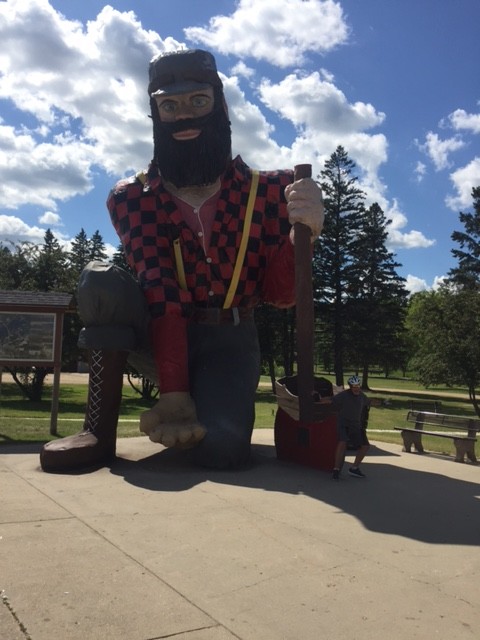
Huge statue of Paul Bunyan. That’s me with my bum on the axe blade (about as comfortable as a bike seat.)
One of the best parts about the state was the long stretches of bike paths that made our ride safer and more relaxing. Minnesota is the land of forests and lakes, logging and corn, walleye and rivers. We enjoyed the weather, the people, the relatively flat terrain, and the knowledge we were approaching the halfway point of our ride.
In our next installment, we will comment on Wisconsin, Michigan and Ontario as well as these topics:
Politics and culture of the people en route
Wildlife (and Roadkill)
Cemeteries
Churches and houses of worship
Humanitarian House

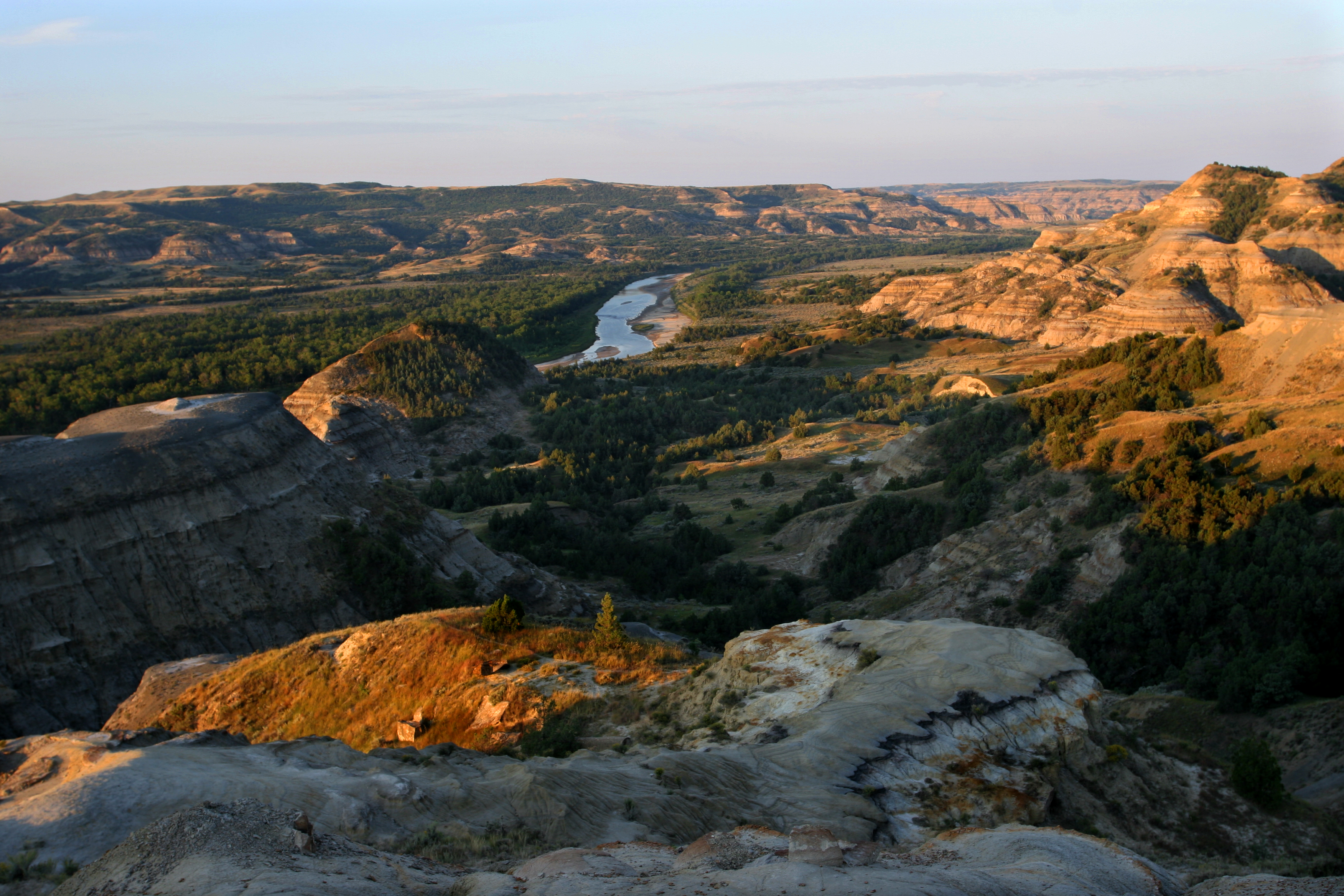

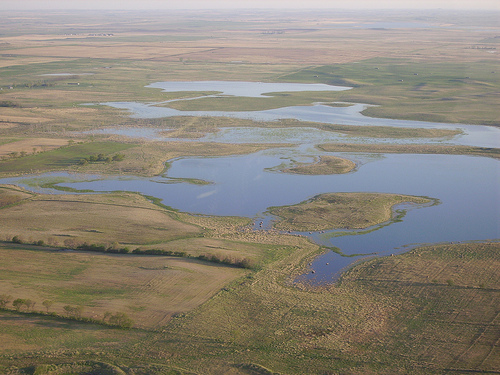

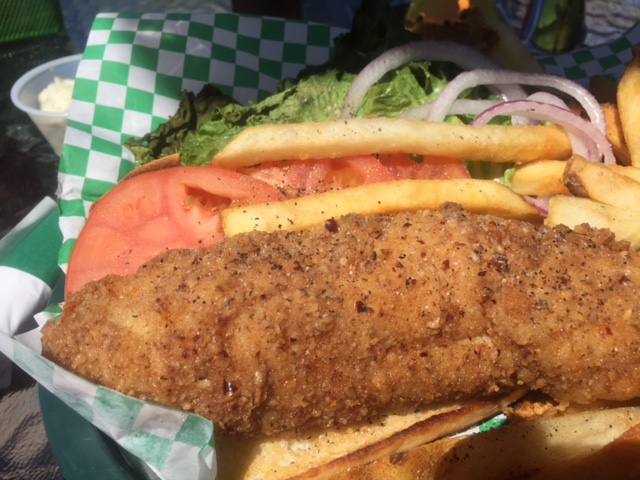
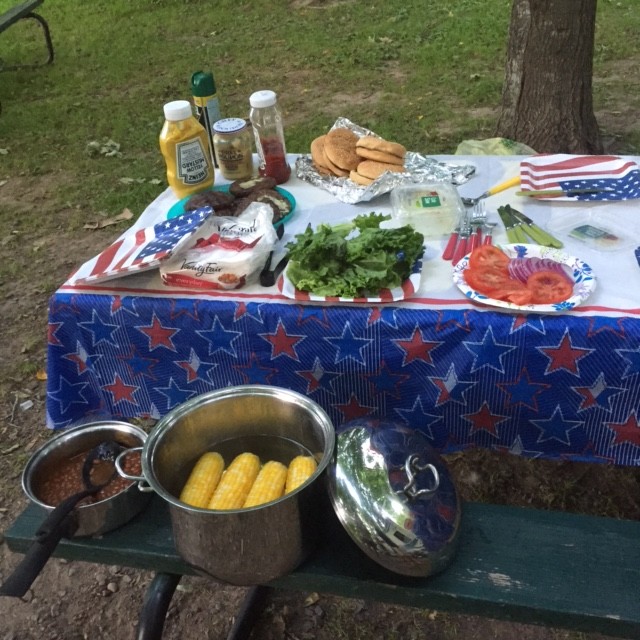
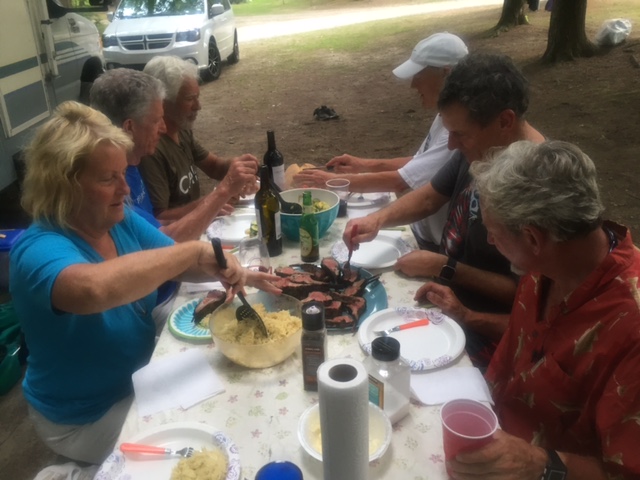
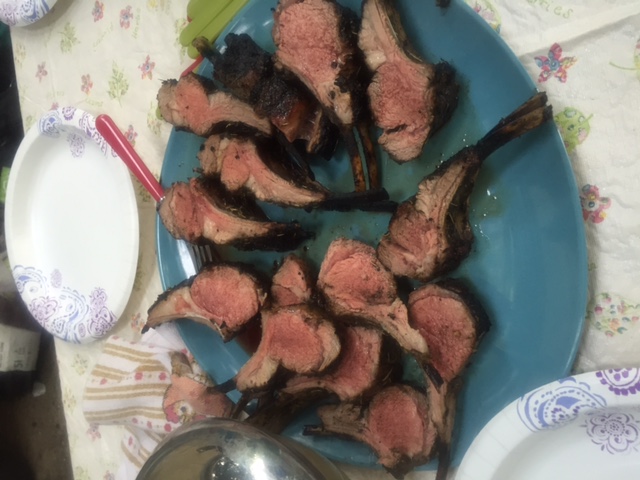
Bob thanks for your kind words. Meeting great people like you guys (we called you The Supported 4), was a highlight of the trip. We met Sean and Carol at the Idaho line as planned and finished in Bar Harbor Maine on 27 Aug. That wasn’t quite enough riding for me, so after visiting and riding with a friend in Rhode Island, I caught the train to Spokane, WA, and bicycled the 530 miles back to Boise. It was a great summer! Thanks for helping make it that!
P.S. Am I missing the hotlink to Part 3 and beyond? I’d like to read the entire story!